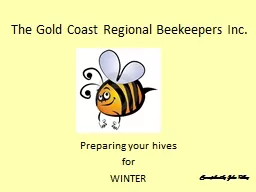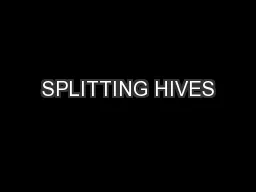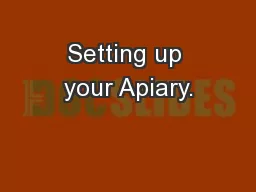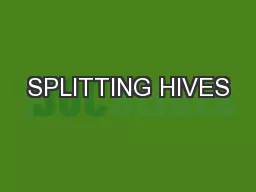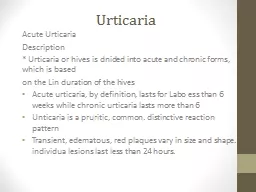PPT-Preparing your hives
Author : phoebe-click | Published Date : 2017-04-11
for WINTER The Gold Coast Regional Beekeepers Inc Compiled by John Polley When to inspect and what to look for Inspect late April or early May at the latest A sunny
Presentation Embed Code
Download Presentation
Download Presentation The PPT/PDF document "Preparing your hives" is the property of its rightful owner. Permission is granted to download and print the materials on this website for personal, non-commercial use only, and to display it on your personal computer provided you do not modify the materials and that you retain all copyright notices contained in the materials. By downloading content from our website, you accept the terms of this agreement.
Preparing your hives: Transcript
Download Rules Of Document
"Preparing your hives"The content belongs to its owner. You may download and print it for personal use, without modification, and keep all copyright notices. By downloading, you agree to these terms.
Related Documents

